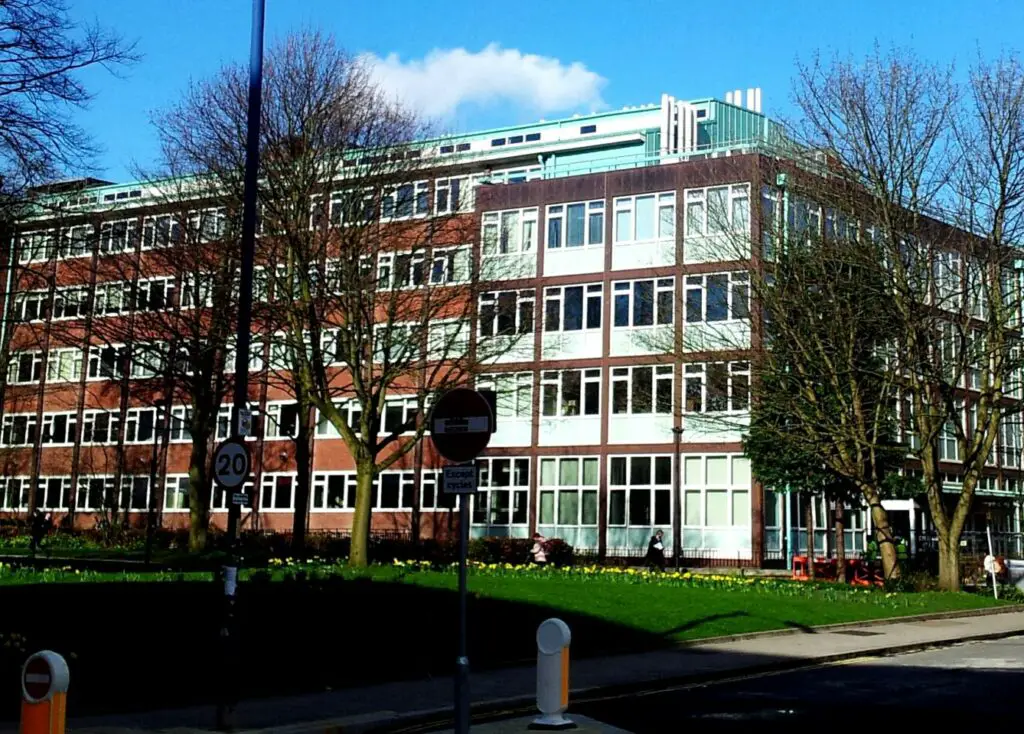Arizona State University (ASU) is a public research university located in Tempe, Arizona. With over 100,000 students enrolled across its five campuses, ASU is one of the largest universities in the United States. In this essay, we will explore the pros and cons of attending Arizona State University.

Pros:
- Wide Range of Degree Programs: ASU offers a wide range of degree programs, with over 800 undergraduate and graduate programs to choose from. This allows students to explore a variety of academic interests and find the program that best fits their goals.
- Focus on Innovation: ASU has a strong focus on innovation and entrepreneurship, with numerous programs and resources available to help students develop their own startups and businesses. The university also partners with businesses and organizations to create research opportunities and provide students with real-world experience.
- Diversity and Inclusion: ASU is committed to creating a diverse and inclusive community, with a range of programs and initiatives focused on promoting diversity and inclusion. The university has a large international student population and is ranked among the top universities for diversity.
- Affordable Tuition: ASU offers relatively affordable tuition rates compared to many other universities, especially for in-state students. The university also provides a range of financial aid programs and scholarships to help students cover the cost of tuition and living expenses.
- Research Opportunities: ASU is a top-tier research university, with numerous opportunities for students to get involved in research projects and work with faculty members on cutting-edge research initiatives. The university has state-of-the-art research facilities and equipment, and students have the opportunity to collaborate with researchers in a wide range of fields.
Cons:
- Large Class Sizes: ASU is a large university, which can lead to large class sizes in some courses. This can make it difficult for students to get individualized attention from professors and can lead to a less personal learning experience.
- Campus Spread Across Multiple Locations: ASU has multiple campuses located across the Phoenix metropolitan area, which can make it difficult for students to navigate and access all the resources available to them. Students may also have to travel between campuses for classes, which can be time-consuming and inconvenient.
- Urban Location: ASU is located in a large urban area, which can be exciting but also has its drawbacks. Students may be exposed to crime and other safety concerns, and the campus can be noisy and congested at times.
- Limited Social Scene: While ASU has a range of student clubs and organizations, some students may find the social scene to be limited. The university is located in a relatively suburban area, and there may be fewer opportunities for nightlife and social activities than at larger universities in more urban areas.
- Parking and Transportation: ASU has limited parking on its campuses, which can make it difficult for students who commute to campus. The university does provide public transportation options, but these can be unreliable and may not be a practical option for all students.
In conclusion, attending Arizona State University can provide numerous advantages, including a wide range of degree programs, a focus on innovation, diversity and inclusion, affordable tuition, and research opportunities. However, students should also be aware of the potential drawbacks, including large class sizes, a campus spread across multiple locations, an urban location with safety concerns, a limited social scene, and parking and transportation challenges. Despite these challenges, ASU remains a popular choice for students seeking a dynamic and innovative university experience in a warm and sunny location.